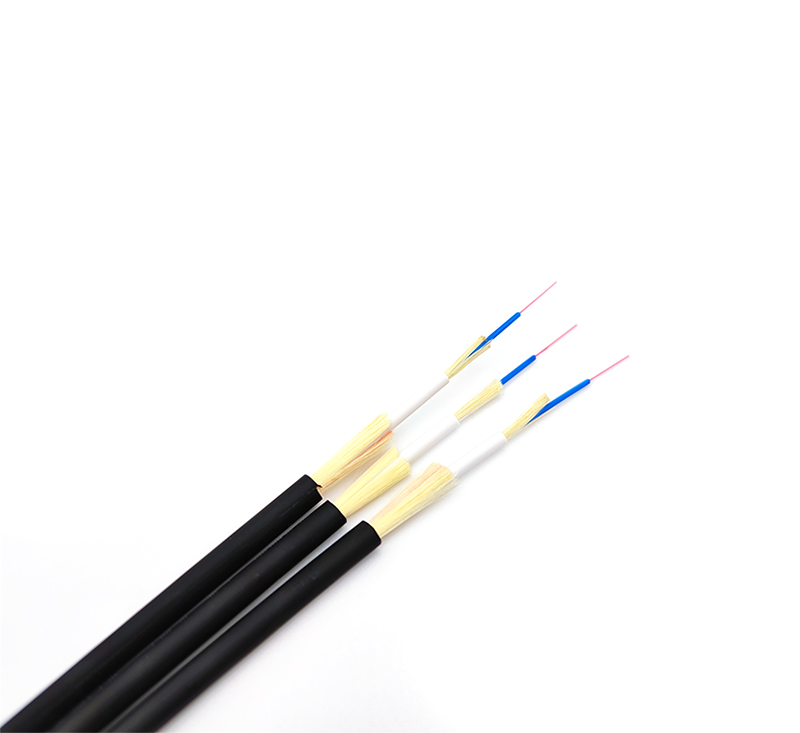The maximum transmission distance of twisted pair is 100m. If you want to increase the transmission distance, a repeater can be installed between the two twisted pairs, and a maximum of 4 repeaters can be installed. If 4 repeaters are installed to connect 5 network segments, the maximum transmission distance can reach 500m.

Twisted pair cables are commonly used in Category 3, Category 5 and Super Category 5, as well as the latest Category 6 cable. The former has a thin diameter and the latter has a thicker diameter. The models are as follows:
1) Class I line: It is mainly used to transmit voice (Class I standard is mainly used for telephone cables before the early 1980s), which is different from data transmission.
2) Class II line: The transmission frequency is 1MHZ, which is used for voice transmission and data transmission with a maximum transmission rate of 4Mbps. It is common in the old token network using the 4MBPS standard token passing protocol.
3) Category 3 cable: It refers to the cable currently specified in ANSI and EIA/TIA568 standards. The transmission frequency of this cable is 16MHz, which is mainly used for voice transmission and data transmission with a maximum transmission rate of 10Mbps. It is mainly used for 10BASE--T.
4) Category 4 cable: The transmission frequency of this type of cable is 20MHz, which is used for voice transmission and data transmission with a maximum transmission rate of 16Mbps, mainly for token-based local area networks and 10BASE-T/100BASE-T.
5) Category 5 cable: This type of cable increases the winding density and coats a high-quality insulating material. The transmission rate is 100MHz. It is used for voice transmission and data transmission with a maximum transmission rate of 10Mbps. It is mainly used for 100BASE-T and 10BASE-T network. This is the most commonly used Ethernet cables.
6) Super Category 5 cable: Super Category 5 has low attenuation and less crosstalk, and has higher attenuation to crosstalk ratio (ACR) and signal-to-noise ratio (Structural Return Loss), smaller delay error, and the performance is very good. Great improvement. Category 5e cables are mainly used for Gigabit Ethernet (1000Mbps).
7) Category 6 cable: The transmission frequency of this type of cable is 1MHz to 250MHz, and the Category 6 wiring system should have a large margin for the comprehensive attenuation and crosstalk ratio (PS-ACR) at 200MHz. bandwidth. The transmission performance of Category 6 cabling is much higher than that of Category 5e standards, and is most suitable for applications with transmission rates higher than 1Gbps. An important difference between Category 6 and Category 5e is that it improves the performance in terms of crosstalk and return loss. For the new generation of full-duplex high-speed network applications, excellent return loss performance is extremely important. The basic link model is cancelled in the six categories of standards, and the wiring standard adopts a star topology. The required wiring distance is: the length of the permanent link cannot exceed 90m, and the length of the channel cannot exceed 100m.










